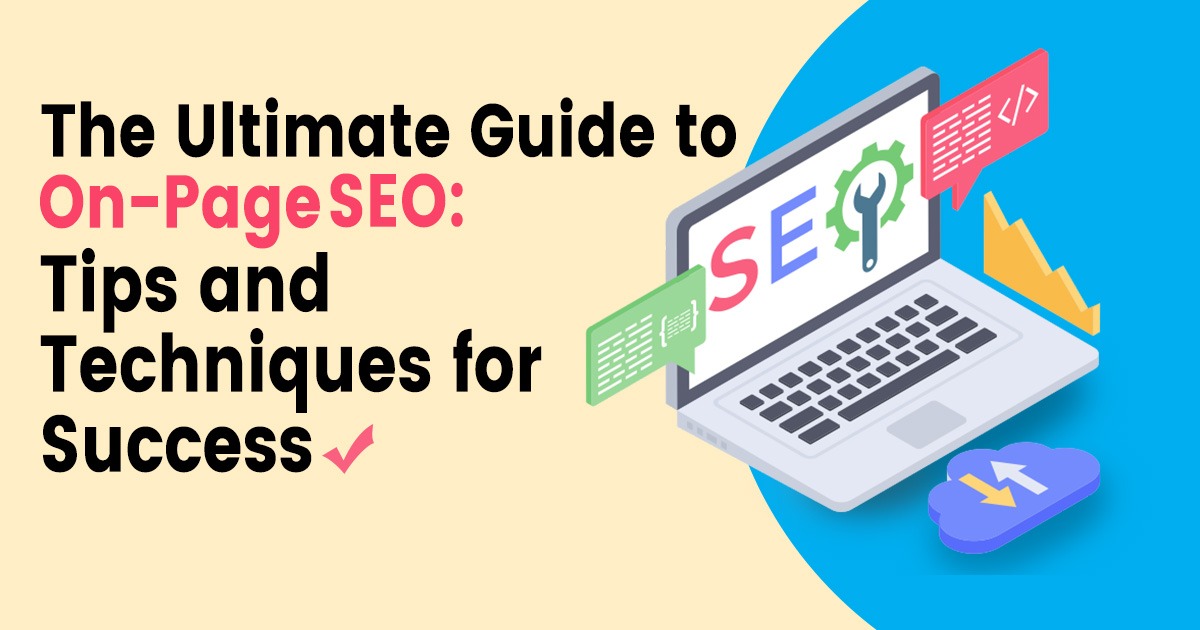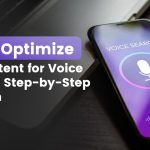The Ultimate Guide To On-Page SEO: Tips And Techniques For Success
|
Getting your Trinity Audio player ready...
|
The Ultimate Guide To On-Page SEO: Tips And Techniques For Success
Search Engine Optimization (SEO) is crucial for anyone looking to improve their online presence. On-page SEO, in particular, plays a vital role in ensuring your website ranks high on search engine results pages (SERPs). This guide will delve into the essential tips and techniques for mastering on-page SEO, helping you drive more organic traffic to your site and improve your google search rankings.
Understanding On-Page SEO
On-page SEO refers to the practice of optimizing individual web pages to rank higher and earn more relevant traffic in search engines. It involves optimizing both the content and HTML source code of a page. The primary goal is to make your website more understandable to both users and search engine algorithms.
Key Elements of On-Page SEO
1. Title Tags
Title tags are one of the most important on-page SEO factors. They should be compelling, accurate, and include your primary keyword. A well-crafted title tag can significantly impact your click-through rate (CTR) and search rankings.
Tips:
- Keep titles under 60 characters to ensure they display correctly in SERPs.
- Place the primary keyword near the beginning of the title.
- Make it descriptive and engaging to attract clicks.
2. Meta Descriptions
Meta descriptions provide a summary of your page’s content and appear under the title tag in SERPs. While they don’t directly affect rankings, they influence CTR, which is a ranking factor.
Tips:
- Keep meta descriptions between 150-160 characters.
- Include your primary keyword and a call-to-action (CTA).
- Make it unique for each page to avoid duplication issues.
3. Headers (H1, H2, H3, etc.)
Headers help structure your content, making it easier for readers and search engines to understand. The H1 tag is the most important as it typically represents the main topic of the page.
Tips:
- Use only one H1 tag per page, incorporating your primary keyword.
- Use H2 and H3 tags to break up content and include secondary keywords where appropriate.
- Ensure your headers are descriptive and relevant to the content.
4. Content Optimization
Content is king in SEO. High-quality, relevant, and engaging content can significantly boost your on-page SEO efforts.
Tips:
- Write long-form content (1,500+ words) that thoroughly covers the topic.
- Use your primary keyword naturally throughout the content, including in the first 100 words.
- Incorporate secondary keywords and related terms to enhance topic relevance.
- Use bullet points, numbered lists, and short paragraphs to improve readability.
- Regularly update your content to keep it fresh and relevant.

5. URL Structure
A clean and descriptive URL structure is crucial for on-page SEO. URLs should be easy to read and include keywords.
Tips:
- Keep URLs short and simple.
- Use hyphens to separate words.
- Include the primary keyword to enhance relevancy.
- Avoid using numbers or special characters.
6. Internal Linking
Internal linking helps search engines understand the structure of your site and the relationships between pages. It also aids in distributing page authority across your site.
Tips:
- Link to relevant pages within your site to provide additional value to readers.
- Use descriptive anchor text that includes keywords.
- Ensure a logical internal linking structure to improve navigation.
7. Image Optimization
Images are a vital part of web content but can slow down your site if not optimized correctly. Proper image optimization can improve load times and enhance user experience.
Tips:
- Use descriptive file names that include keywords.
- Optimize image size and format for faster loading.
- Include alt text with keywords to help search engines understand the image content.
8. Mobile-Friendliness
With the increasing use of mobile devices, having a mobile-friendly site is essential. Google uses mobile-first indexing, meaning it primarily uses the mobile version of the content for indexing and ranking.
Tips:
- Use responsive design to ensure your site adapts to different screen sizes.
- Test your site’s mobile-friendliness with tools like Google’s Mobile-Friendly Test.
- Improve mobile load times by optimizing images and using a content delivery network (CDN).
9. Page Speed
Page speed is a crucial factor for both user experience and SEO. Slow-loading pages can result in higher bounce rates and lower rankings.
Tips:
- Optimize images and enable browser caching.
- Minify CSS, JavaScript, and HTML.
- Use a reliable hosting provider.
- Utilize tools like Google PageSpeed Insights to identify and fix issues.
10. User Experience (UX)
A positive user experience can lead to longer dwell times, lower bounce rates, and higher engagement, all of which are beneficial for SEO.
Tips:
- Ensure your site is easy to navigate with a clear structure.
- Use a clean and attractive design.
- Make your content easy to read with appropriate font sizes and spacing.
- Provide relevant and valuable content that meets user intent.
Mastering on-page SEO is essential for improving your website’s visibility and attracting more organic traffic. By focusing on these key elements and implementing the tips and techniques outlined in this guide, you can enhance your on-page SEO efforts and achieve better search rankings. Remember, SEO is an ongoing process, so continually monitor your performance and adjust your strategies as needed to stay ahead of the competition.

 Previous Post
Previous Post Next Post
Next Post